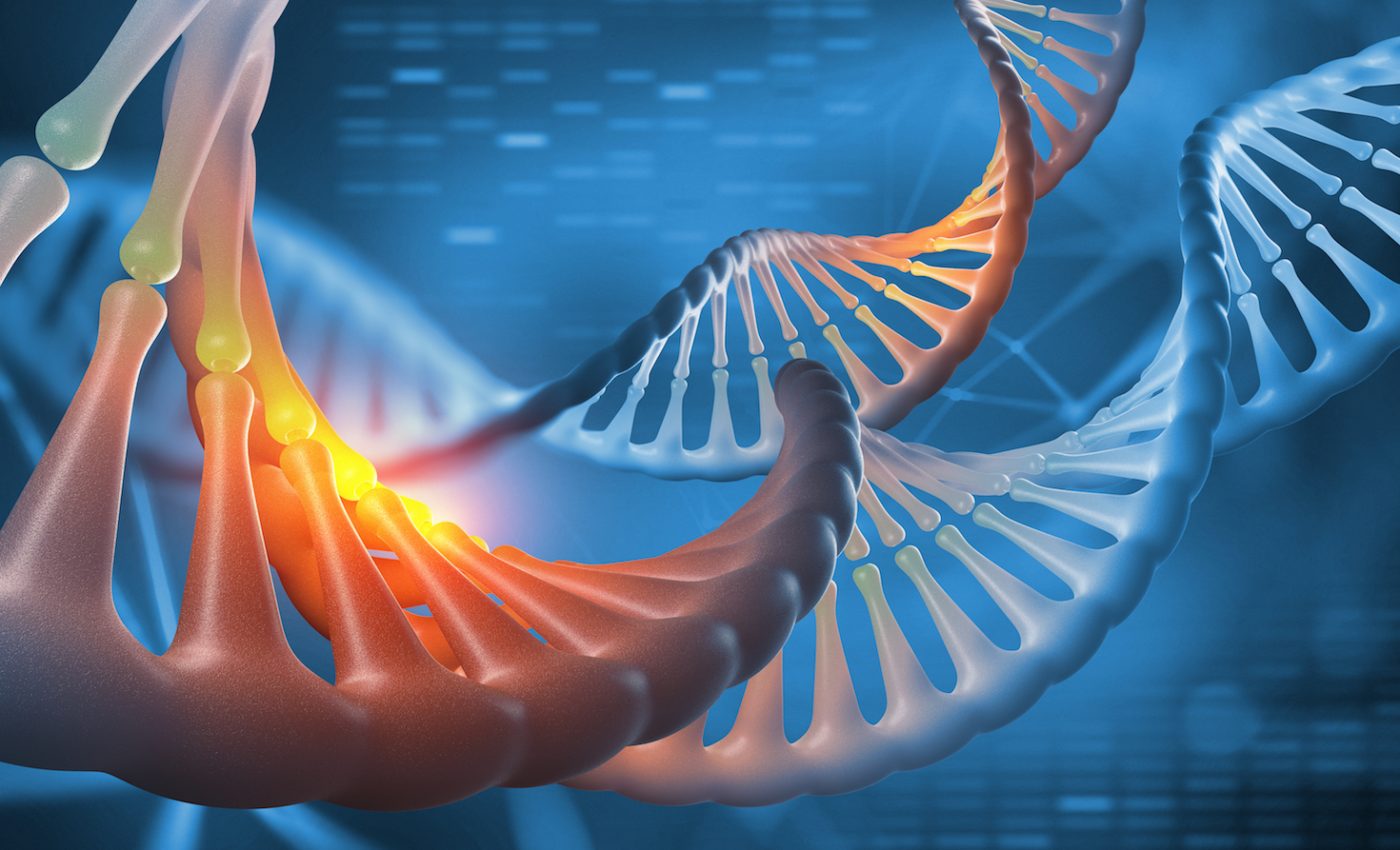
Experts identify regions of the genome that promote facial beauty
According to a new study by researchers at the University of Wisconsin-Madison, genes play a role in whether an individual’s face is widely considered to be attractive. The extent of this genetic influence on beauty, however, varies with the person’s gender.
Humans tend to be preoccupied with beauty, associating a person’s attractiveness with academic performance, career success, and economic mobility. Despite this overemphasis on beauty, the genetic basis for attractiveness is relatively unknown.
To investigate, researchers conducted a genome-wide association study using genetic data from more than 4,000 individuals to pinpoint specific regions of the genome that promote facial beauty.
Volunteers were asked to score yearbook photos based on attractiveness from participants with European ancestry. These scores were then compared to each individual’s genetic makeup.
The researchers identified several genes related to facial attractiveness, but their roles were found to vary by sex. In women, some genetic variations linked to beauty also appeared to be related to genes impacting body mass. In males, the variants associated with attractiveness were linked to genes affecting blood cholesterol levels.
The study provides new insight into the genetic factors that influence facial attractiveness. The research also highlights the complex relationships between beauty and other individual characteristics.
“Similar to many other human traits, there is not a ‘master gene’ that determines a person’s attractiveness,” said study lead author Qiongshi Lu. “Instead, it is most likely associated with a large number of genetic components with weak effects. Interestingly, sex-specificity is a recurrent pattern observed in almost all the analyses in our study.”
The researchers acknowledge that their findings are limited to a homogenous group of individuals of the same age and ethnic background. Future research focused on a larger sample size of more diverse people will provide a better understanding of the genetic influence on beauty.
The study is published in the journal PLOS Genetics.
—
By Chrissy Sexton, Earth.com Staff Writer













